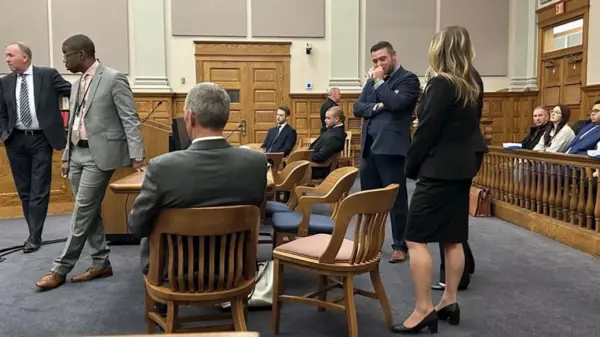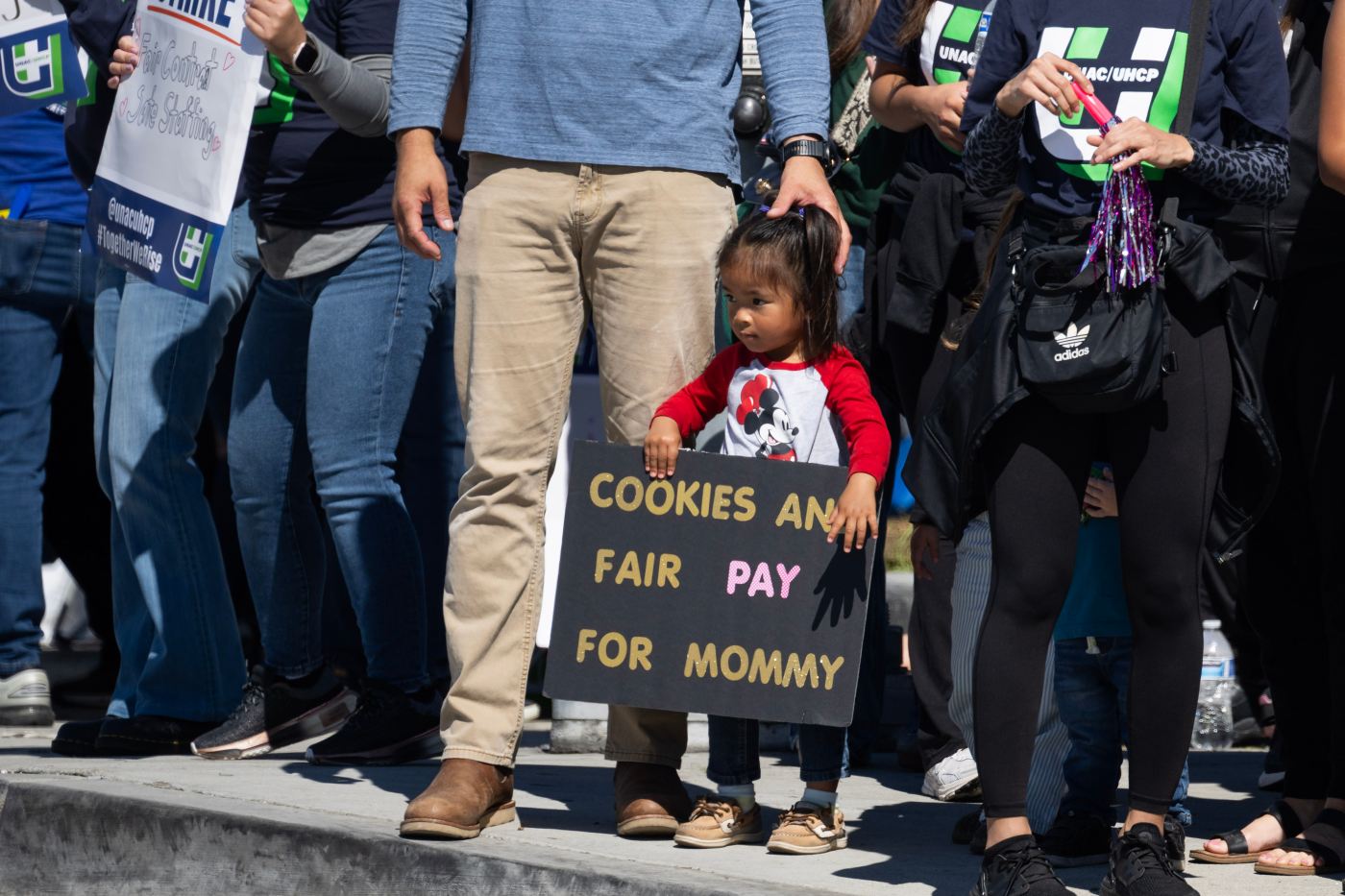More than 31,000 healthcare workers from Kaiser Permanente ended a five-day strike on October 19, 2025, without reaching a labor agreement. The walkout, which began on October 14, involved members from the United Nurses Associations of California (UNAC) and the Union of Health Care Professionals, who protested for better wages and working conditions.
During the strike, thousands of workers marched outside various Kaiser facilities across California, Oregon, Washington, and Hawaii. Although no negotiations took place during the strike, Kaiser officials confirmed that discussions are set to resume on October 22 and 23. A union official from the steelworkers’ union indicated that if no progress is made, additional negotiations are scheduled for October 28 and 29.
Kaiser’s labor contracts, which expired on September 30 and October 1, prompted several local unions to issue 10-day strike notices. This ultimately led to the coordinated strike action.
The primary focus of the strike is economic issues, particularly wages. Kaiser spokesman Terry Kanakri emphasized that while staffing concerns have been publicly highlighted, the core issue remains compensation. He noted, “Kaiser Permanente is resuming normal operations with a focus on the continued delivery of high-quality, affordable care to our members and communities.”
Union leaders have stated that their demands include higher wages and increased staffing levels to address shortages. Initially seeking a 38% pay increase over four years, the unions have now adjusted their request to 25%. Kaiser has offered a 21.5% wage increase.
The strike is notable as it represents the largest organized effort by Kaiser unions to date. In response to the labor action, Kaiser brought in thousands of replacement workers from across the country to maintain essential services. Reports indicate that these temporary employees were compensated between $78 and $130 per hour, depending on their roles.
The strike also affected operations in Oregon and Washington, where approximately 4,000 workers represented by the Oregon Federation of Nurses and Health Professionals participated. Their presence led to the temporary closure of some Kaiser pharmacies, according to information available on Kaiser’s website.
In Fontana, the Local 7600 of the United Steelworkers Union, representing over 8,600 healthcare professionals, joined the strike. This group includes licensed vocational nurses, medical assistants, engineers, and pharmacy staff. While they did not participate directly in the strike this past week, two other local unions representing about 2,200 pharmacy assistants and clinical staff authorized a strike on October 15, citing unfair labor practices.
As the labor negotiations continue, the potential for future strikes remains. Brent Beltran, a spokesman for UFCW Local 135, indicated that his union, which includes 350 workers in San Diego County, voted overwhelmingly to authorize a strike as well. This could lead to a 10-day notice following the expiration of their contract on October 31.
Kaiser operates extensively across the Western United States, including Colorado, Georgia, Maryland, Virginia, and Washington, D.C. The healthcare provider manages 16 hospitals and 199 medical offices in Southern California, employing nearly 91,200 people and serving 4.9 million members.
As the labor situation evolves, all eyes will remain on the discussions scheduled for later this month, with hopes for a resolution that balances the needs of workers with the operational goals of Kaiser Permanente.






































































